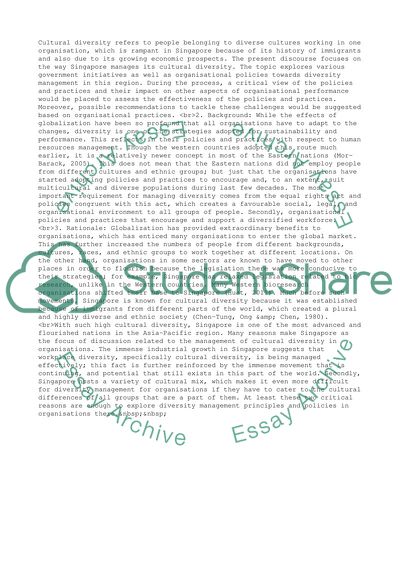Cite this document
(Managing Cultural Diversity in the Workplace Environment of Singapore Case Study, n.d.)
Managing Cultural Diversity in the Workplace Environment of Singapore Case Study. Retrieved from https://studentshare.org/management/1429906-managing-cultural-diversity-in-the-workplace
Managing Cultural Diversity in the Workplace Environment of Singapore Case Study. Retrieved from https://studentshare.org/management/1429906-managing-cultural-diversity-in-the-workplace
(Managing Cultural Diversity in the Workplace Environment of Singapore Case Study)
Managing Cultural Diversity in the Workplace Environment of Singapore Case Study. https://studentshare.org/management/1429906-managing-cultural-diversity-in-the-workplace.
Managing Cultural Diversity in the Workplace Environment of Singapore Case Study. https://studentshare.org/management/1429906-managing-cultural-diversity-in-the-workplace.
“Managing Cultural Diversity in the Workplace Environment of Singapore Case Study”, n.d. https://studentshare.org/management/1429906-managing-cultural-diversity-in-the-workplace.


